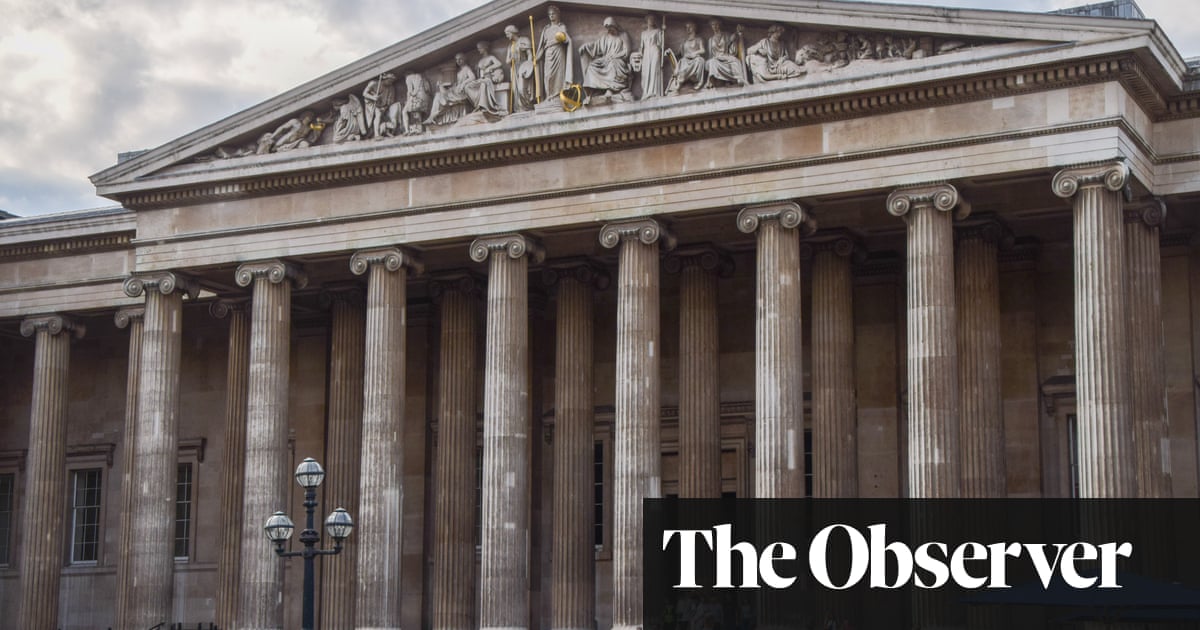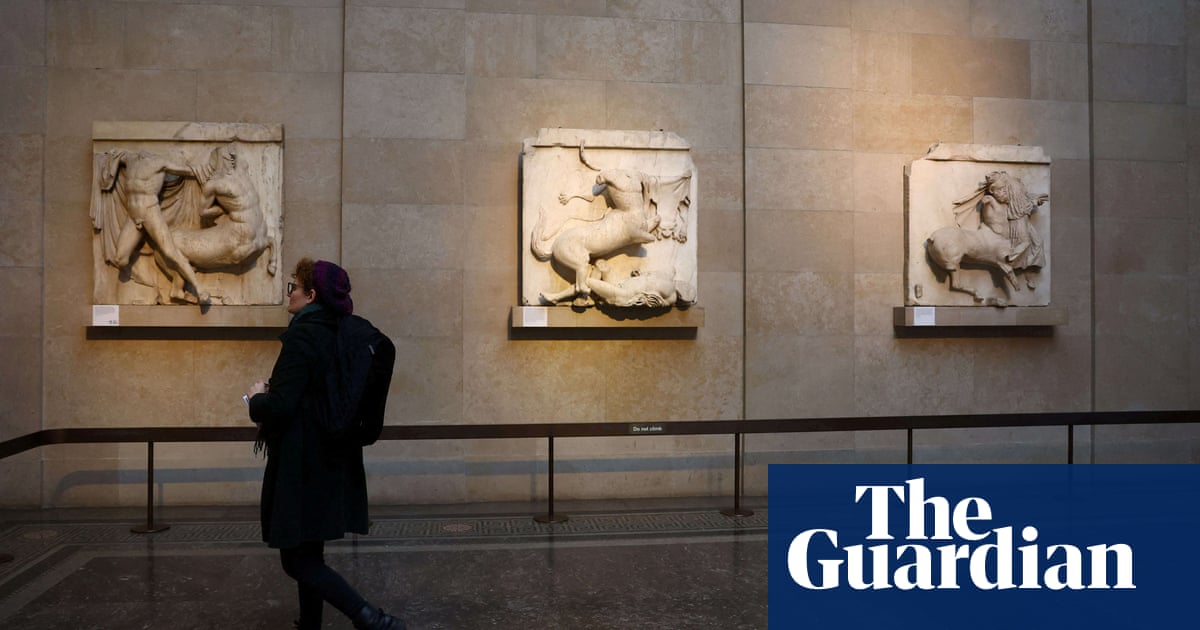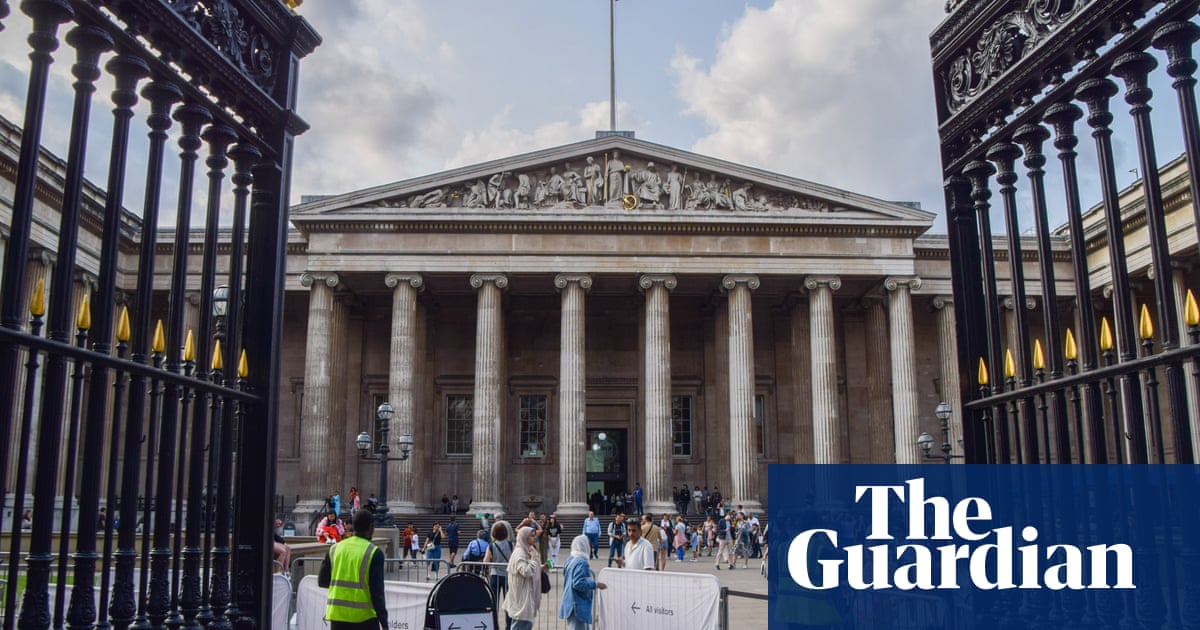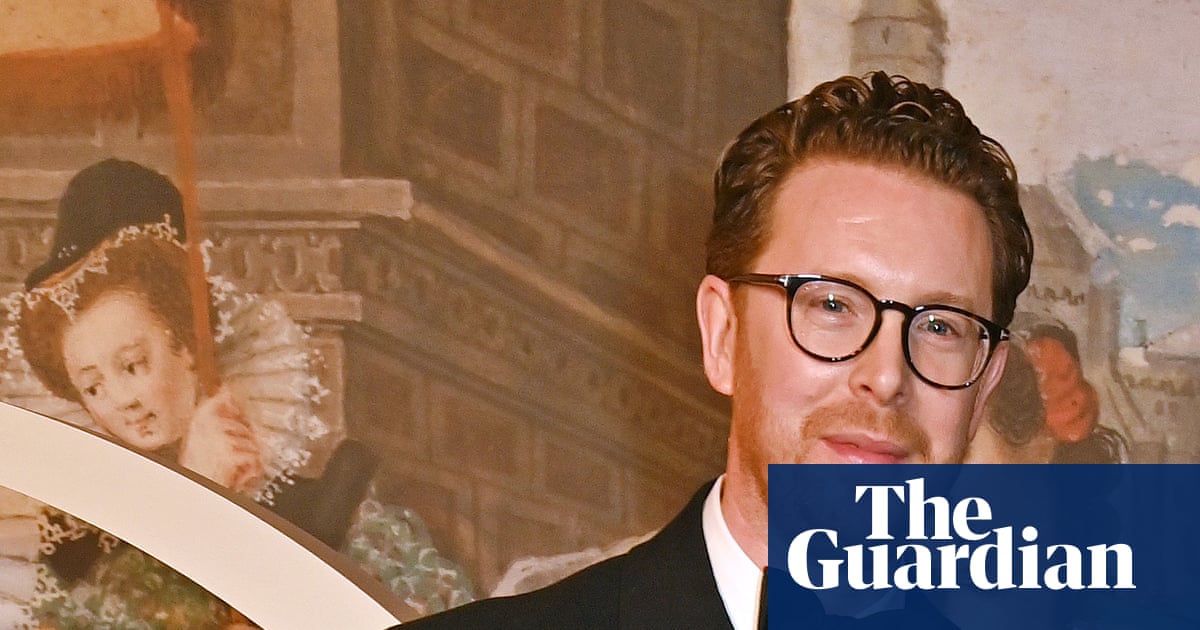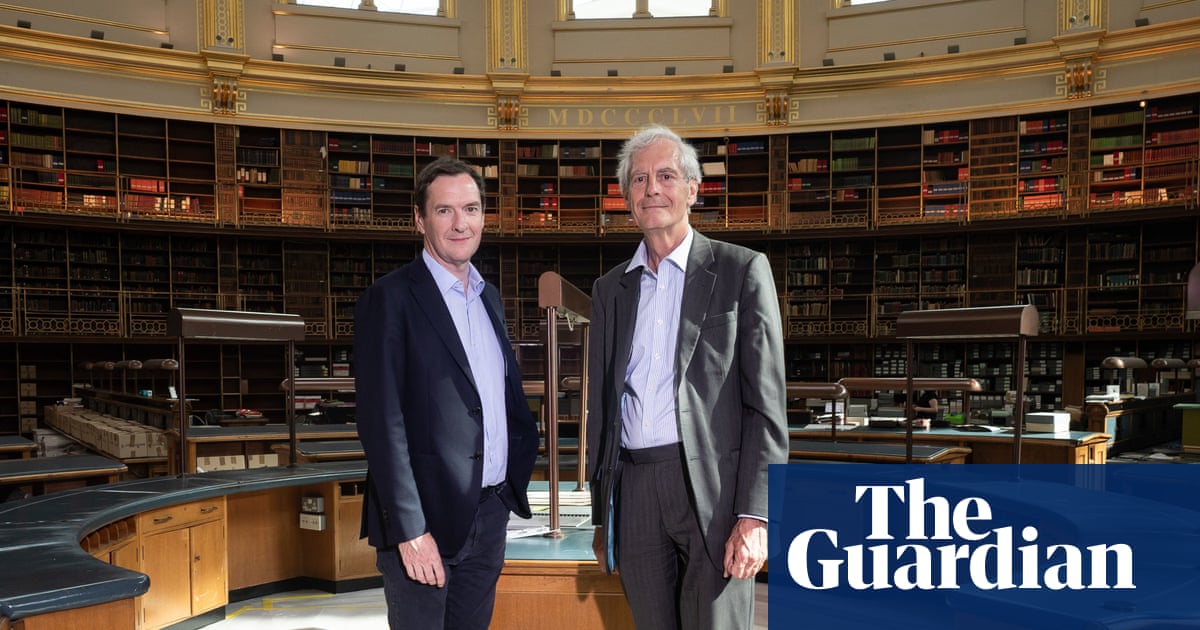
The British Museum was the “victim of an inside job” when approximately 2,000 artefacts were stolen from its collections, the chair of trustees, George Osborne, has said.
The museum, one of the most visited in the world, has been dealing with the aftermath of the thefts, which highlighted internal failings and led to the exit of its director. On Wednesday, it also announced plans to digitise its collection.
“Essentially we were the victims of an inside job by someone, we believe, who over a long period of time was stealing from the museum and who the museum had put trust in,” Osborne told parliament’s culture, media and sport committee.
“Quite a lot of steps were taken to conceal [thefts] … a lot of records were altered and the like.”
Osborne said there were “lots of lessons to be learned” as a result, and that the thefts had prompted changes, including updating the museum’s whistleblowing code and policy on thefts, as well as tightening up security.
The museum, which holds treasures such as the Rosetta Stone and the Parthenon marbles, sacked a member of staff over the thefts, which are also being investigated by the Metropolitan police.
It has said the stolen items included gold rings, earrings and other pieces of jewellery dating back to ancient Greek and Roman periods, as well as small objects such as gems that were often set in rings.
Osborne also announced that the stolen items that had been recovered would be put on display. “There is a lot of public interest in these objects … 350 have now been recovered and titles have been transferred to us so we have the makings of a good exhibition that was not previously planned,” he said.
During the hearing, Mark Jones, the museum’s interim director, said steps had been taken “to improve security and [we] are now confident that a theft of this kind can never happen again”.
He added: “But we cannot and must not assume that the security of the collection, in a wider sense, can be achieved simply by locking everything away.
“It is my belief that the single most important response to the thefts is to increase access, because the better a collection is known – and the more it is used – the sooner any absences are noticed. So that’s why, rather than locking the collection away, we want to make it the most enjoyed, used and seen in the world.”
The museum said the digitisation project would take five years, with 2.4m records to upload or upgrade. Its collection totals at least 8m objects.
Jones conceded this was a “big task”, but added that “more than half is already done and when it is finished it will mean that everyone, no matter where in the world they live, will be able to see everything we have – and use this amazing resource in a myriad of ways”.
The museum, which has resisted calls from many countries, including Greece, to repatriate historical treasures over the years, launched a public hotline last month appealing for help in locating the stolen items.
Asked about the steps the museum had taken to stop something similar happening in the future, Jones told MPs: “We have changed the rules governing access to strong rooms: now there is nobody who is allowed to go into a strong room on their own and that, with a whole lot of other measures, should ensure that kind of theft that has happened couldn’t happen again.”




